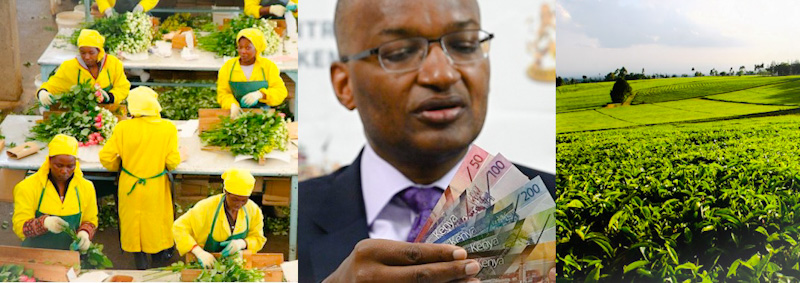Kenya’s current account deficit declined to 4.9 per cent of the gross domestic product (GDP) in 2022, compared to 5.2 per cent recorded in 2021, the Central Bank of Kenya (CBK) said.
The CBK attributed the decline to the strong performance of the export of goods and services, especially tea and manufactured goods and significant increases in remittance inflows.
“This turnaround in the current account (projection) relates to some of the exports that we saw towards the end of the year, and is a good outcome. Our sweet spot in the current account is a deficit of about five per cent and we expect that it will remain around there at 5.4 per cent in 2023,” said CBK governor Patrick Njoroge in a post-MPC meeting.
“This also means that the foreign exchange market will have greater stability.”
During the period, receipts from tea and manufactured goods exports increased by 16.1 per cent and 22.1 per cent, respectively.
The increase in receipts from tea exports reflects improved prices attributed to demand from traditional markets.
Additionally, imports grew by 5.8 per cent in 2022 compared to 25.4 per cent in 2021, with lower imports of infrastructure-related equipment due to completed projects.
Oil imports grew by 60.3 per cent on account of the elevated international prices, which moderated in the fourth quarter of 2022.
Receipts from service exports rebounded significantly, reflecting sustained improvements in international travel and transport.
Remittances totalled $4,028 million in 2022, which was 8.3 per cent higher than in 2021.
The current account deficit in 2023 is projected to expand to 5.4 per cent of GDP.
Kenya’s Private Sector PMI at 11-month High in January on Increased Demand




